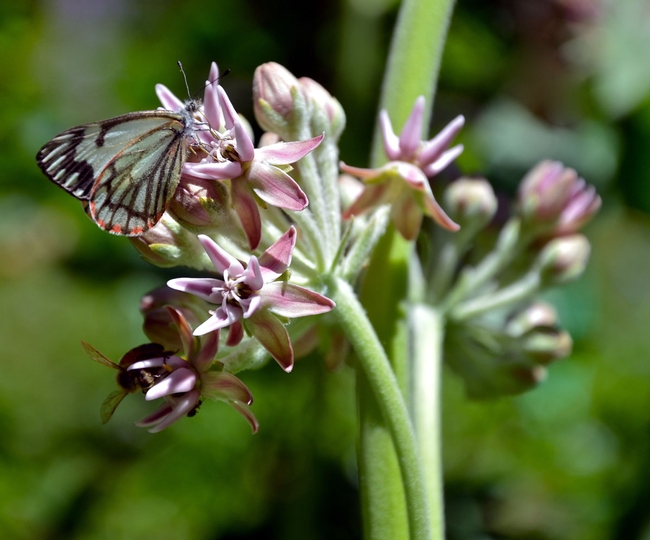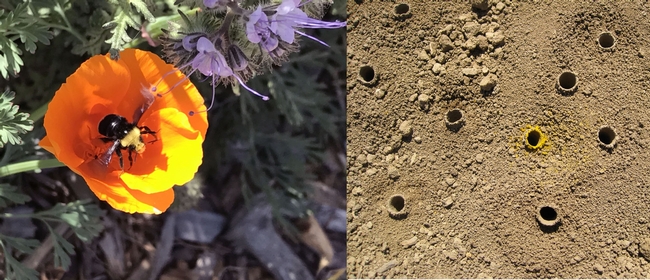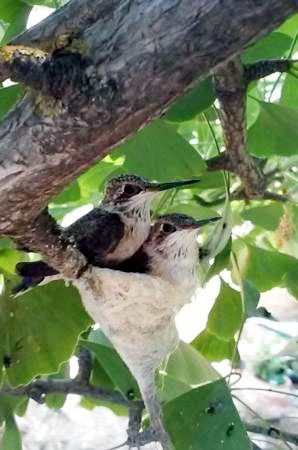
Winter months are an important time in the garden. The shorter days bring a regeneration period for plants and the pollinators that will also emerge in spring. As we tend winter gardens or wait for the spring thaw, there are things we can do now to encourage healthy wildlife, come spring. Here are a few facts and tips gleaned from Master Gardeners across the state.
Pollinators need visual cues
As you plan your spring garden, try to imagine it from a bird's eye view. Pollinators are attracted to large swaths of color. Arrange butterfly and bee-attracting flowers in clusters. Introducing a mix of ground-level and taller plants helps provide shelter and wind-screen for beneficial insects. Cut out the pesticides, if possible, and opt for California native plants. An important example is narrow-leaf milkweed (Asclepias fascicularis). Researchers have found that the brightly colored tropical milkweed (Asclepias curassavica) can carry a debilitating parasite that endangers native monarchs. Migrating species, especially monarch butterflies, are best adapted to native flora: https://monarchjointventure.org/.

Leave some “litter” for the guests
Though we can't observe them, many native bees spend the winter dormant in the garden. Both mason bees and bumblebees nest underground. Carpenter bees and other insect allies burrow in wood during colder months. With this in mind, it's a good idea to keep some areas of “leaf litter” and dead wood on the property. If well managed, small brush, tree stumps and snags (dead trees) can be a benefit, rather than an an eyesore or hazard.
Butterflies need TLC
Butterflies are with us through four cycles of their lives: egg; larval; pupa/chrysalis and adult. Many species over-winter in the garden, hidden amid the foliage. If you've discovered a chrysalis in the garden, you've seen an example of nature's delicate processes. Adult butterflies need water, but because they can't drink from an open water source, gardeners will sometimes create “mud baths” by irrigating the soil near their flower beds. A more contained water source can be made of a bucket, filled with sand. Bury the bucket to the rim, and top-off with water. In springtime, add some sticks or leaves that the butterflies can use as perches, and watch who comes to drink.

Do hummingbirds stick around all winter?
Recent studies show that some varieties of hummingbird stay in Southern California, rather than flying south, in winter. Experts who once advised that we remove nectar feeders around Labor Day, now say it's okay to provide food all winter. Anna's and Allen's hummingbirds now stay year-round, and they may even nest in the colder months. To fill feeders, boil and cool a 4:1 mixture of water and sugar (skip the dye). To keep feeders mold-free, clean them weekly with white vinegar, or warm, soapy water. Citizen science projects help researchers track bird migration patterns. Gardeners can join these efforts, like the Audubon Society's Great Backyard Bird Count, set for February 15-18: http://gbbc.birdcount.org/.
Further Reading
Thirteen Ways to make a Pollinator Garden: https://ucanr.edu/blogs/blogcore/postdetail.cfm?postnum=27516
For more on native plants, including milkweed, visit Theodore Payne Foundation: https://theodorepayne.org